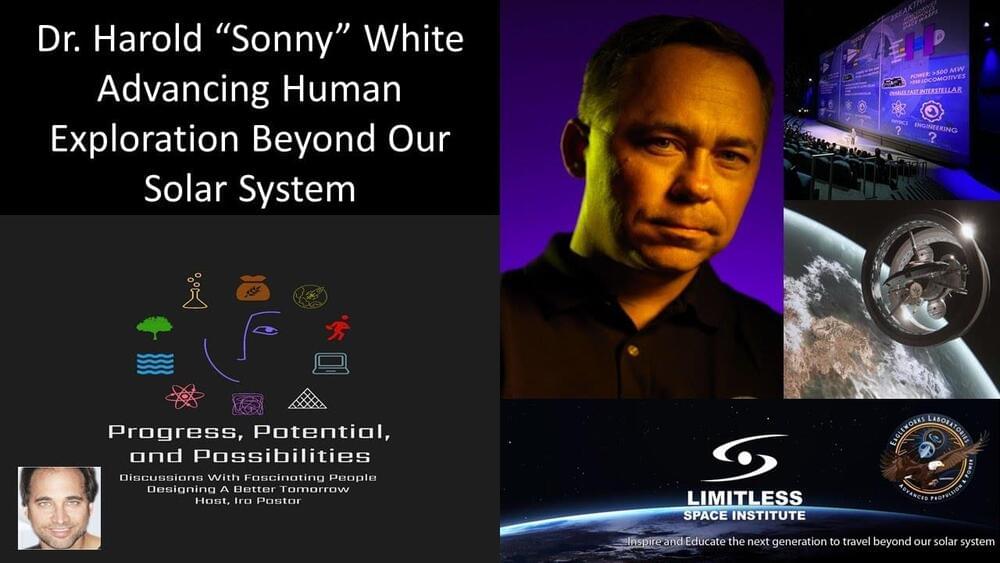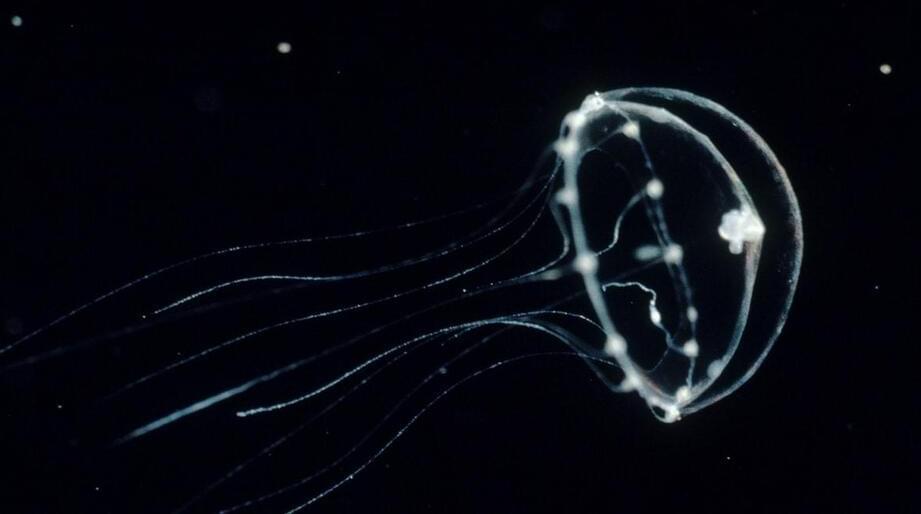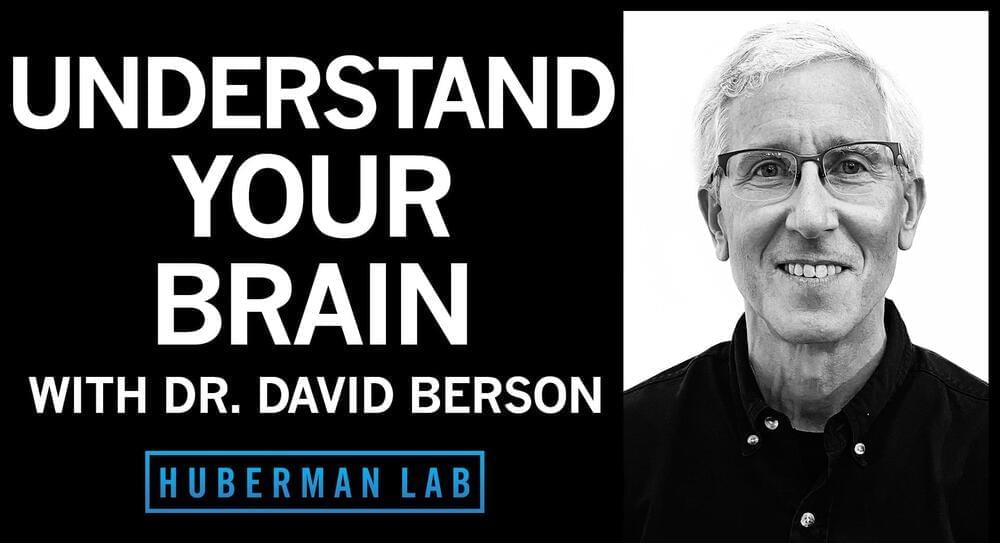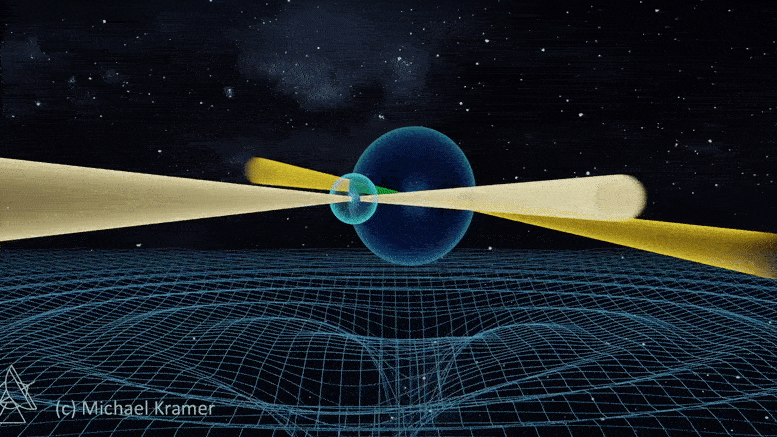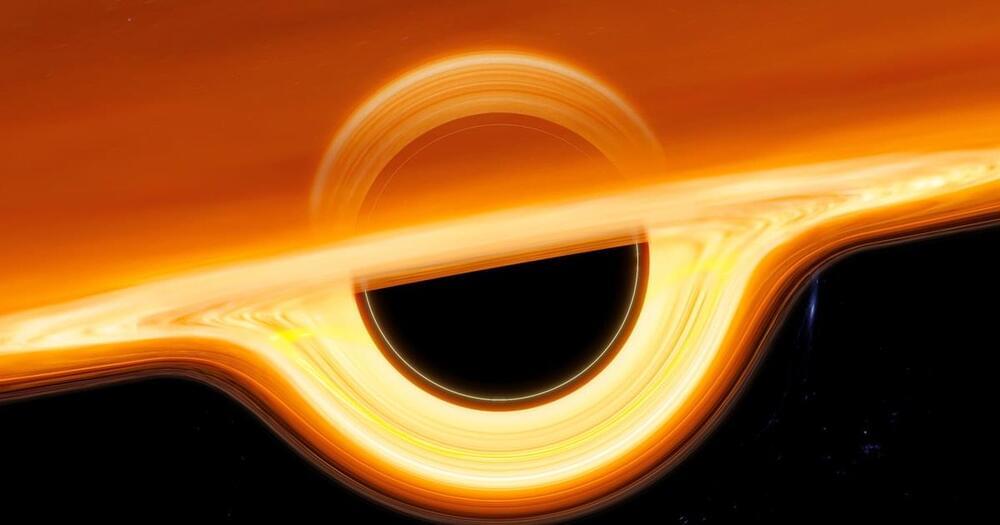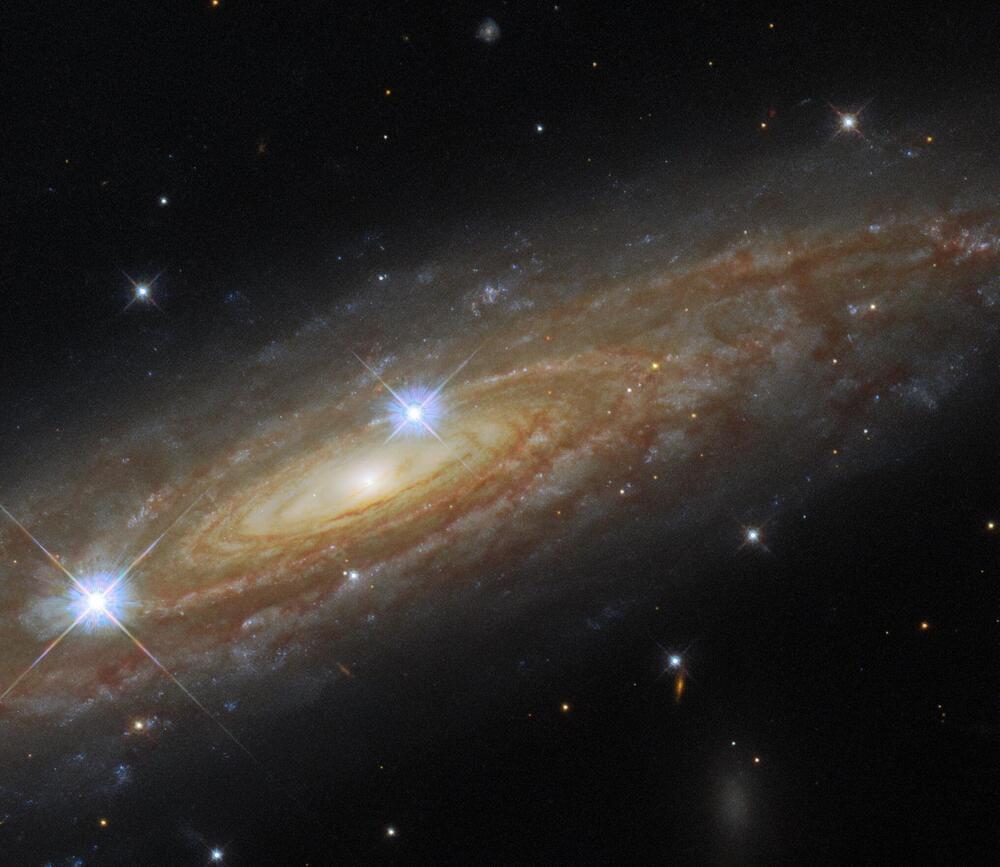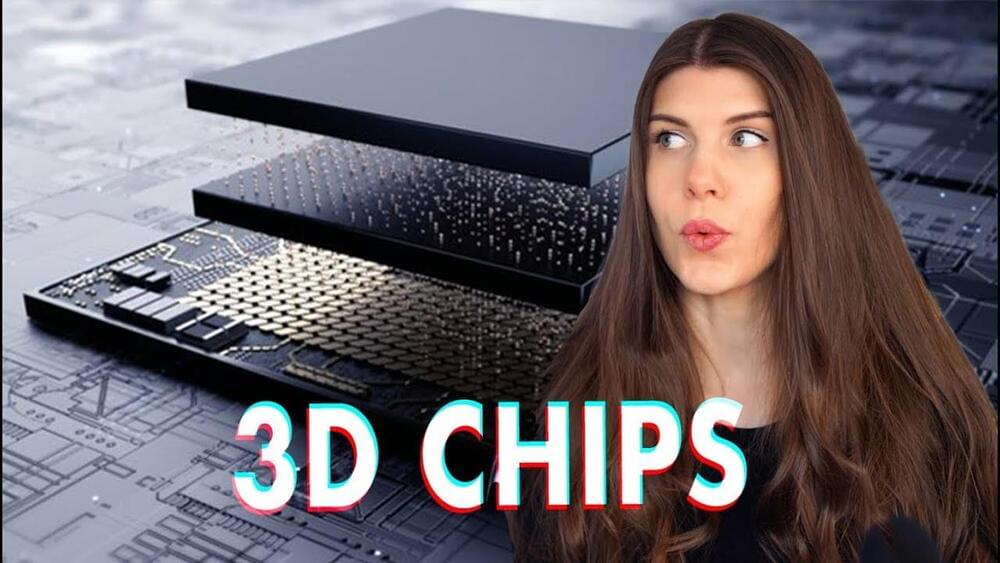Nature’s strongest material now has some stiff competition. For the first time, researchers have hard evidence that human-made hexagonal diamonds are stiffer than the common cubic diamonds found in nature and often used in jewelry.
Named for their six-sided crystal structure, hexagonal diamonds have been found at some meteorite impact sites, and others have been made briefly in labs, but these were either too small or had too short of an existence to be measured.
Now scientists at Washington State University’s Institute for Shock Physics created hexagonal diamonds large enough to measure their stiffness using sound waves. Their findings are detailed in a recent paper in Physical Review B.

